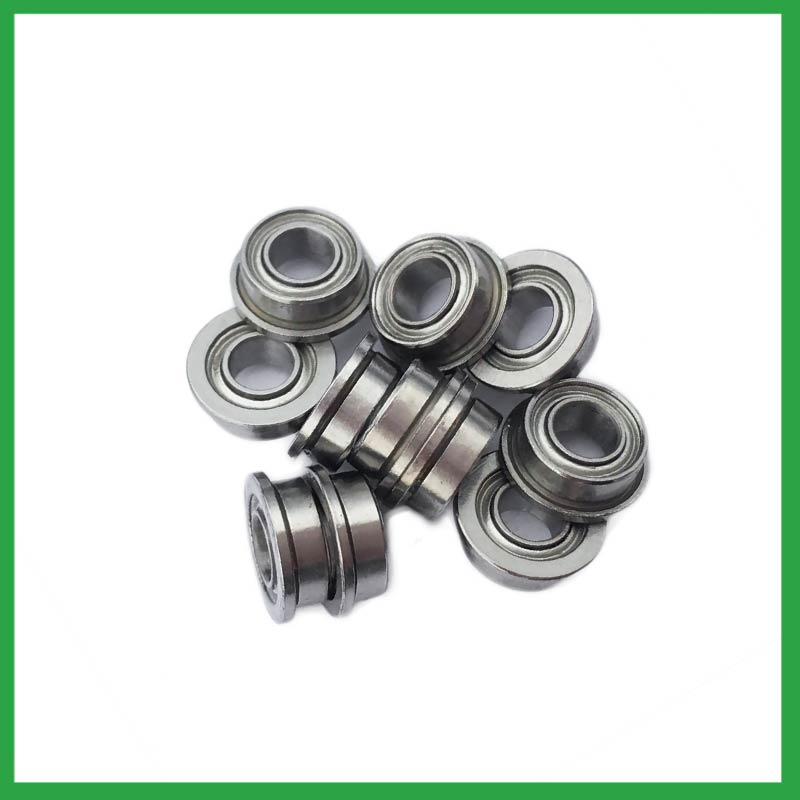PRODUCTS
CONTACT US
Ningbo Nide International Co., Ltd.
一一
· Contact person:Jack Zeng
· Mob/Whatspp/WeChat:0086-13738869026
· Email:emarketing@nide-group.com;marketing4@nide-group.com
· Add:No. 169, Wohushan Road, Daqi Subdistrict, Beilun District, Ningbo, China

Nide team could manufacture ball bearing as per customer’s drawing and samples.
If customer only has samples, we could also design drawing fo r our customer.
We also provide customized service.
Our ball bearing is widely applied the different industrials.
Ningbo Haishu Nide International Co., Ltd is one of the leading bearing manufacturers in China. We are a well-known supplier of high-quality insulation paper,fan,motor cover and lamination,commutator,shaft,magnet,ball bearing. Our products are widely used in fields such as compress motor,BLDC motor,water pump motor,fan motor,servo motor,electric automotive motor,air condition motor. We are proud to provide customers with the expected product knowledge, applied professional knowledge, quality control, and consistent reliable service.
We have modern computerized machinery and equipment to produce high-precision bearings. Our company is also equipped with complete chemical and metallurgical laboratories as well as standard room facilities.Nide has offices in India, Brazil, Korea, Turkey, and Argentina, good sales and service net work allow us to access and offer service to customers over the world easily and promptly.
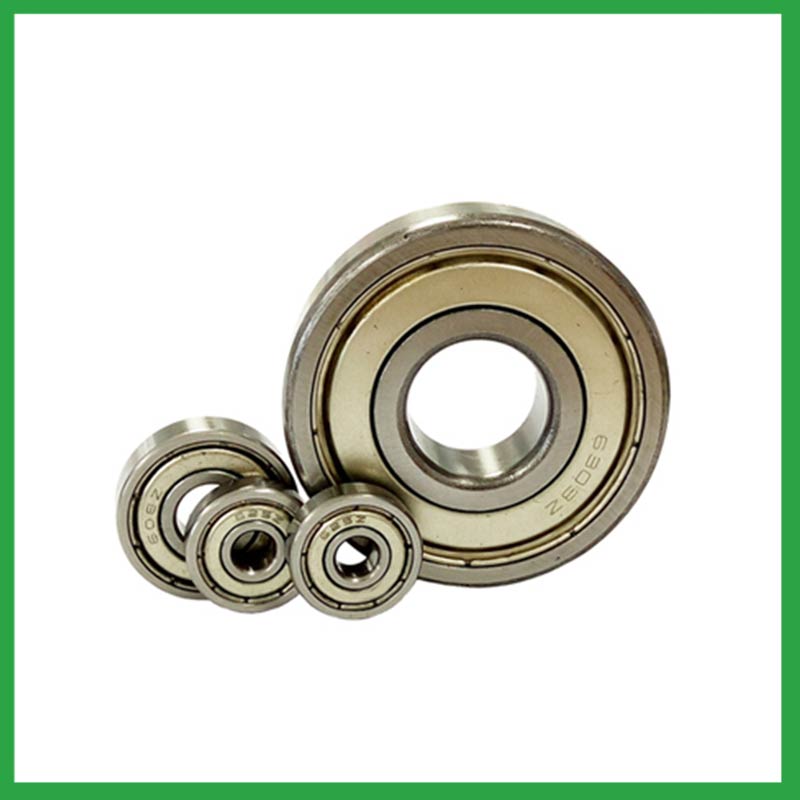
| Parameter | Information |
| Product Name | one way ball bearing |
| Place of Origin | China |
| Brand Name | Nide |
| Material | stainless steel, etc. |
| Type | Ball |
| Warranty | 3months-1year |
| Port | Ningbo/Shanghai |
| Application | machine tools,high-speed electric tools, etc. |
| Size(mm) | customize |
| Color | gray+customized |
| Precision Rating | as per customer's requirement |
| Certification | ISO 9001 Certification,CE-stator coil winding machine,CE-insulation paper inserting machine,etc |
| Feature | Good wear resistance,Strong carrying capacity...etc |
| Packaging Details | Suitable for sea transportation |
| Service | one-stop service |
| Model Number | ball bearing |
| Supply Ability | 100000-500000 Piece/Pieces per Month |
| Lead time (days) | 15-20 (To be negotiated) |
Please note: The above table data is for reference only. For specific information, please contact us.
The precision range of one way ball bearing is from ABEC7 to ABEC9, with a particle size of 0.3 μ m. Among them, ABEC9's ball bearings have the best precision range and are widely used in the electronics industry, precision measurement industry, and so on.
During the installation process, pollution from dirt and wear media should be prevented;
Temperature and humidity should be controlled to avoid excessive temperatures during startup and operation;
It should be operated and lubricated in the correct reverse direction to avoid unnecessary damage.
Ball bearings have many advantages, making them highly competitive in the market.
Firstly, they are very durable and have good wear performance, making their service life longer than many other types of bearings.
Secondly, they are easy to install and can provide low friction performance in various applications.
Thirdly, they require a relatively low level of maintenance, making them cost-effective.
In addition, compared to many other types of bearings, their purchase cost is relatively low, making them an economical choice.




one way ball bearing---FAQs Guide
2.Can one way ball bearing be used in both vertical and horizontal orientations?
3.As a one way ball bearing manufacturer,What is your payment method?
4.How do preload adjustments in one way ball bearing affect their performance and suitability for high-precision tasks?
5.What are the after-sales services available for one way ball bearing?
6.Can one way ball bearing operate in high-speed applications, and what design features make them suitable for such conditions?
7.As a one way ball bearing manufacturer,can you supply samples?
8.What are the considerations for choosing between open, shielded, or sealed one way ball bearing in specific applications?
9.How do cage designs affect one way ball bearing speed and acceleration capabilities in high-speed machinery?
10.Are there one way ball bearing designed for use in critical medical equipment?
11.What is the significance of one way ball bearing lubrication, and how does it affect bearing lifespan and performance?
12.How do different one way ball bearing designs, such as deep groove, angular contact, or thrust bearings, cater to specific applications?
13.Are there miniature one way ball bearing designed for use in precision instruments and small-scale mechanisms?
14.Are there self-aligning one way ball bearing that accommodate misalignment and shaft deflection in rotating equipment?
1.Are there ongoing research and development efforts aimed at improving one way ball bearing materials, designs, and lubrication techniques?
A custom one way ball bearing can satisfy almost any customer’s needs. Your application may need a needle roller or ball bearing, a radial or angular contact design, a plain carbon steel bearing with anti-corrosion coatings or stainless steel, a thrust bearing or a spherical bearing, tight or loose radial play, sealed or non-sealed designs
2.Can one way ball bearing be used in both vertical and horizontal orientations?
Sleeve Bearings: Sleeve bearings, also known as plain bearings, employ a simple yet effective mechanism. A cylindrical sleeve separates the rotating shaft from the stationary portion of the bearing, reducing friction and enabling smooth rotation. Sleeve bearings are characterized by their quiet operation, cost-effectiveness, and suitability for horizontal mounting orientations.
Ball Bearings: Ball bearings introduce small metal balls between the moving parts, providing enhanced durability and reduced friction. This design allows for smoother and more efficient rotation, making ball bearings well-suited for high-performance applications and vertical installations.
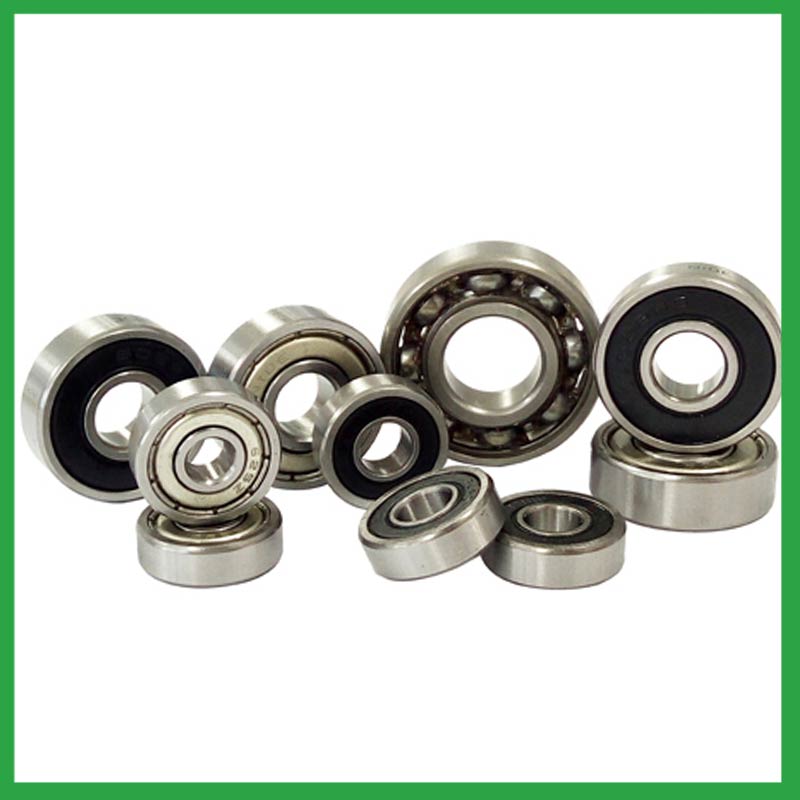
3.As a one way ball bearing manufacturer,What is your payment method?
We accept T/T, PAYPAL or Western Union, credit card or via ALIBABA Assurance order.
4.How do preload adjustments in one way ball bearing affect their performance and suitability for high-precision tasks?
Benefits of Preloading a Bearing
Optimizes the ball spin to roll ratio.
Increases the rigidity of an application.
Protects from excessive ball skidding.
Decreases application vibration and sliding friction.
High running accuracy (even if load conditions keep changing)
Increases bearing load capacity.
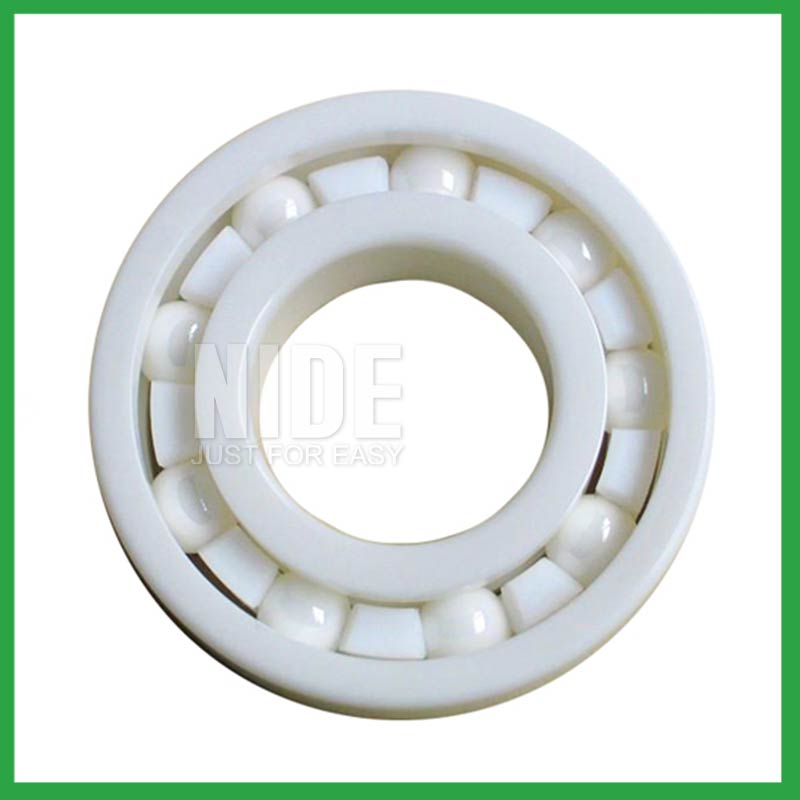
5.What are the after-sales services available for one way ball bearing?
If you find problems or failures in the assembly or use of the bearings , which needs to consult and other services, please feedback to Nide International in time.
6.Can one way ball bearing operate in high-speed applications, and what design features make them suitable for such conditions?
They have very low rolling friction and are optimized for low noise and low vibration. This makes them ideal for high-speed applications. one way ball bearing are comparatively easy to install and require minimal maintenance.
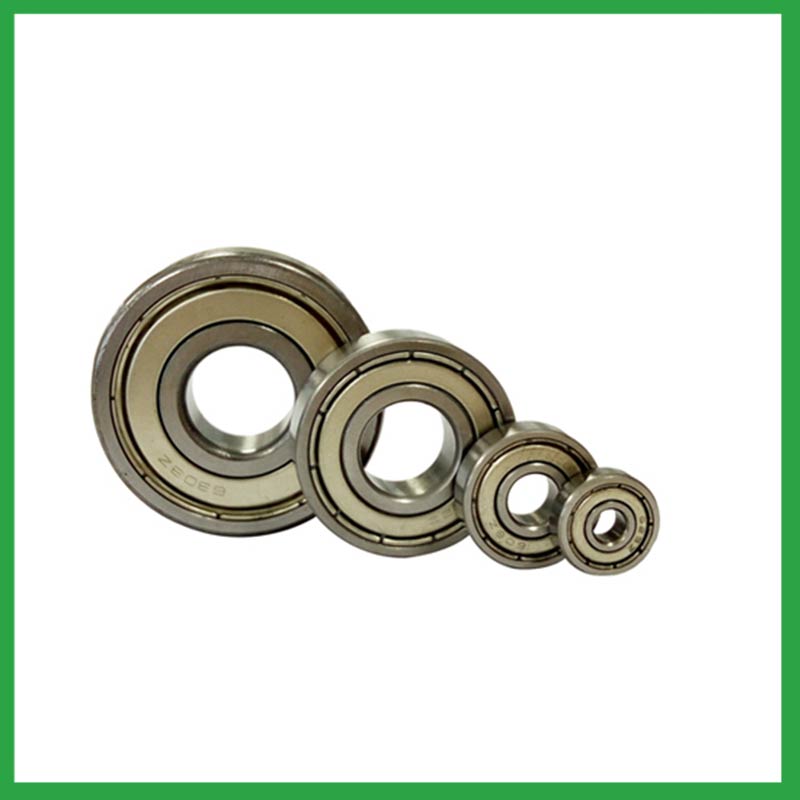
7.As a one way ball bearing manufacturer,can you supply samples?
Sure, samples can be provided free of charge, and the buyer pay the postage of the sample.
8.What are the considerations for choosing between open, shielded, or sealed one way ball bearing in specific applications?
While sealed bearings offer superior protection and maintenance advantages, shielded one way ball bearing can be more suitable in situations where minimal friction and operating temperature are crucial. It's essential to assess the operational environment and demands before making a selection.
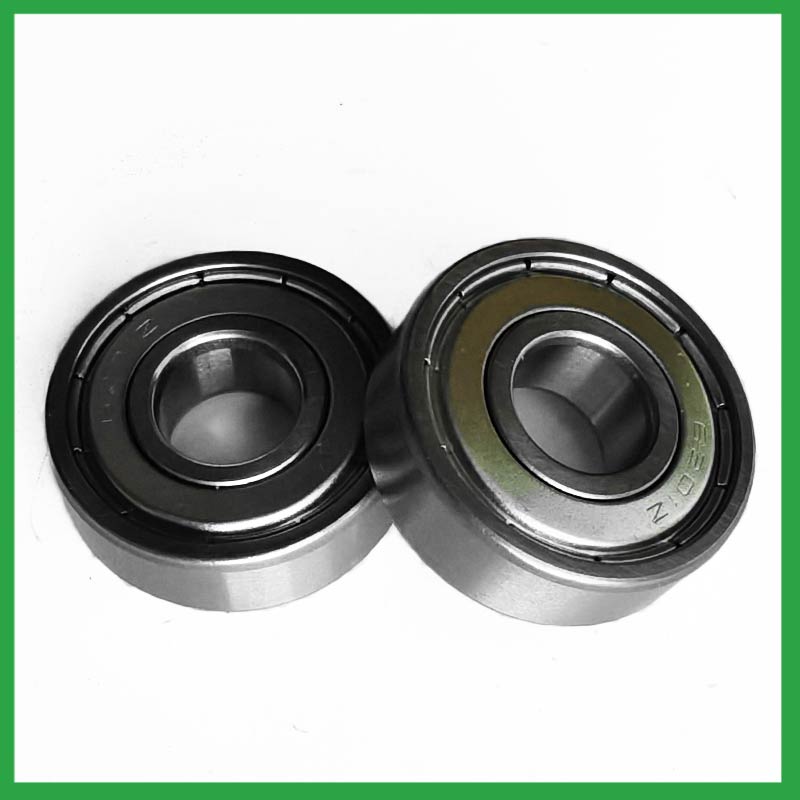
9.How do cage designs affect one way ball bearing speed and acceleration capabilities in high-speed machinery?
In high-speed one way ball bearing, external load has a great effect on cage stability and sliding ratio, especially for the bearings at work in the starting process. The cage stability is worse in the beginning of the bearing starting process. The axial load greatly influences cage dynamic performance in the bearing starting process.
In addition, while ball bearings worked under steady conditions, axial load and radial load both have a great influence on cage dynamic performance. The effects of axial load on cage dynamic performance during the bearing starting process are opposite from the effects under steady conditions.
10.Are there one way ball bearing designed for use in critical medical equipment?
Precision one way ball bearing are among critical components in medical devices that are vital to ensuring patient safety. Correct choice of suitable ball and ring materials and the right product design can ensure high-precision bearings — and medical devices — have a long service life.
Precision bearings are used in a wide variety of medical devices including surgical power tools, ventilators and heart pumps — and patient safety depends on them all. Whatever the device, there is an onus on medical device original equipment manufacturers (OEMs) to ensure that the right type of bearings are chosen, and fit precisely into the application.
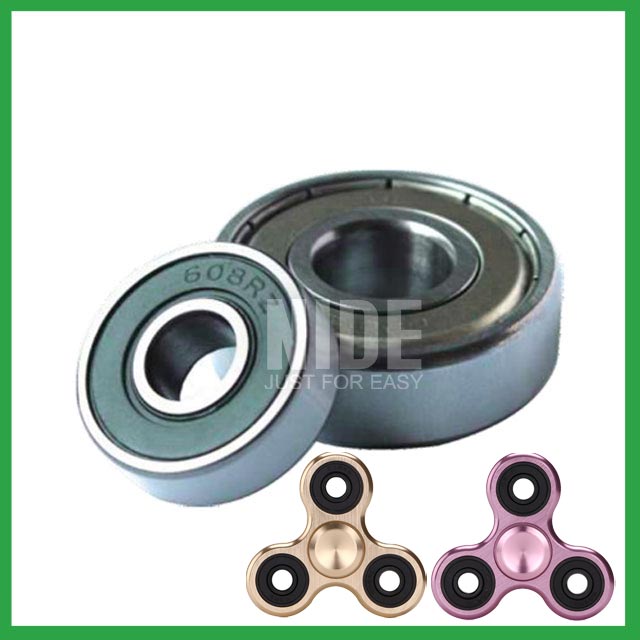
11.What is the significance of one way ball bearing lubrication, and how does it affect bearing lifespan and performance?
Bearing lubrication is vital for preserving the performance and lifespan of rolling element bearings. Lubrication helps separate moving parts relative to one another, such as rollers and raceways or balls, to prevent wear and tear and friction.
12.How do different one way ball bearing designs, such as deep groove, angular contact, or thrust bearings, cater to specific applications?
Deep groove one way ball bearing: Deep groove ball bearings are the most common type. They can handle both radial and axial loads. Angular contact ball bearings: Angular contact ball bearings have higher than average internal axial clearance. They can handle axial loads in one direction and moderate radial loads.
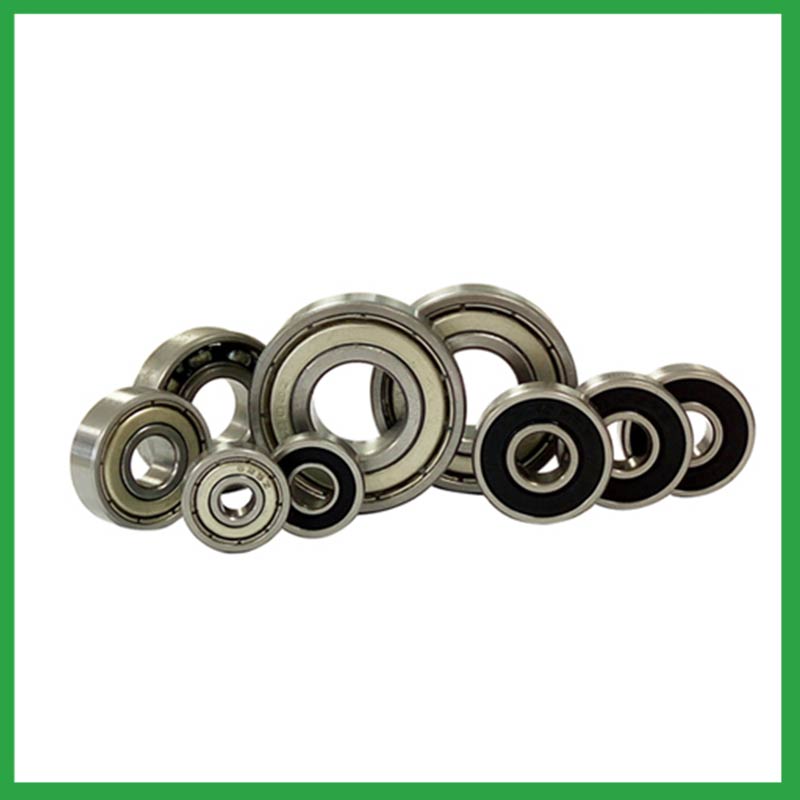
13.Are there miniature one way ball bearing designed for use in precision instruments and small-scale mechanisms?
Miniature bearings, despite their small size, play a significant role in various industries and applications. These compact powerhouses, typically measuring less than one inch in outer diameter, offer exceptional precision, durability, and reliability. Miniature bearings find extensive use in precision instruments and robotics.
14.Are there self-aligning one way ball bearing that accommodate misalignment and shaft deflection in rotating equipment?
These one way ball bearing are particularly suitable for applications where misalignment can arise from errors in mounting or shaft deflection. A variety of designs are available with cylindrical and taper bores, with seals and adapter sleeves and extended inner rings.
